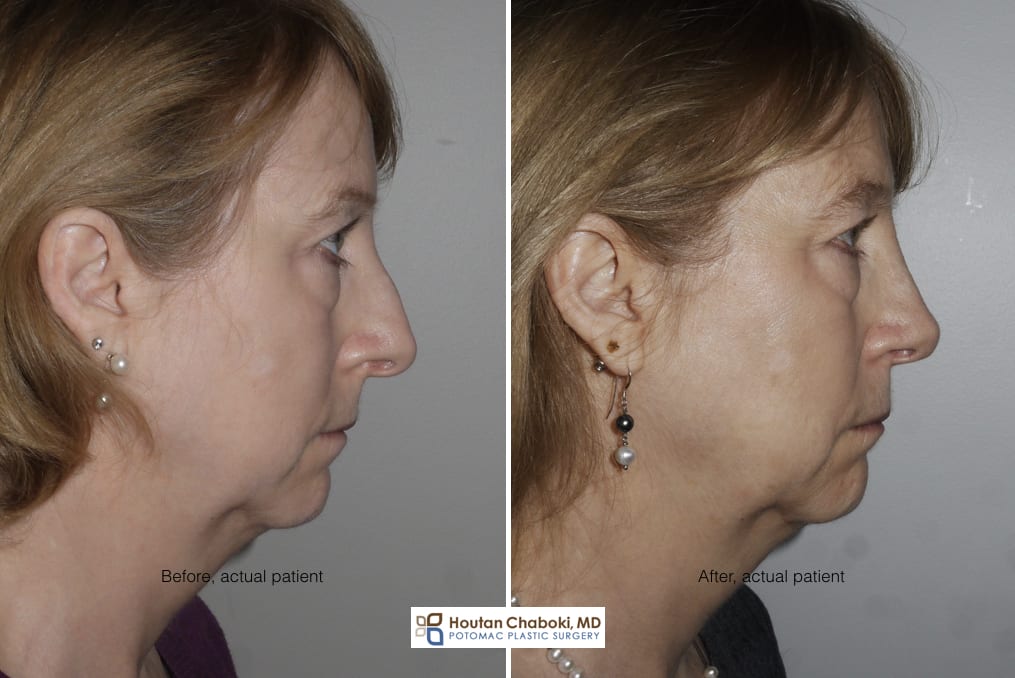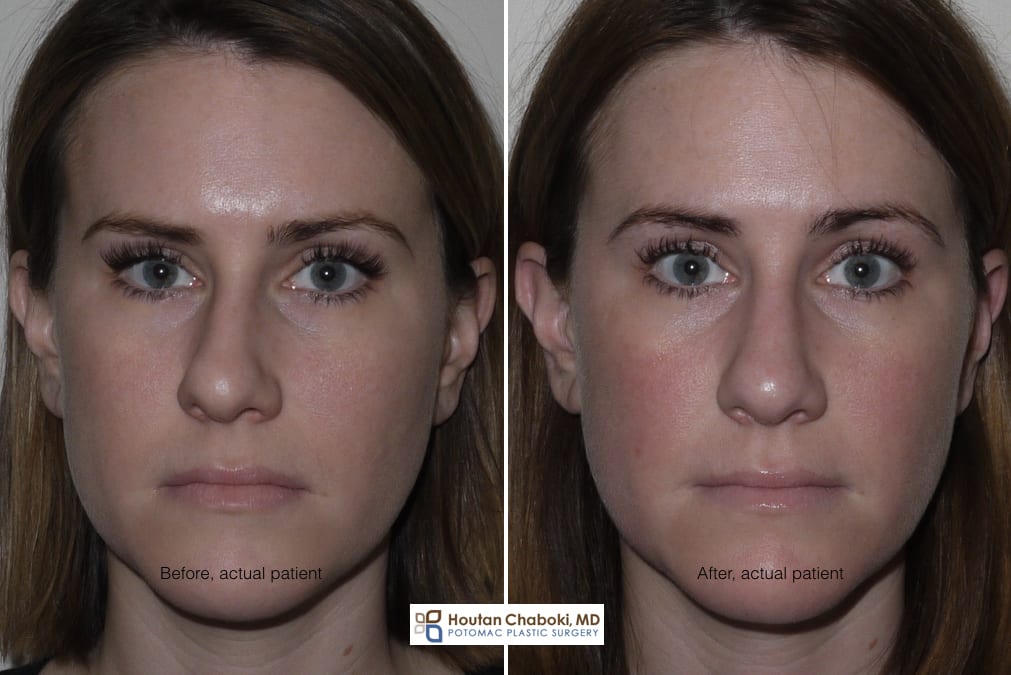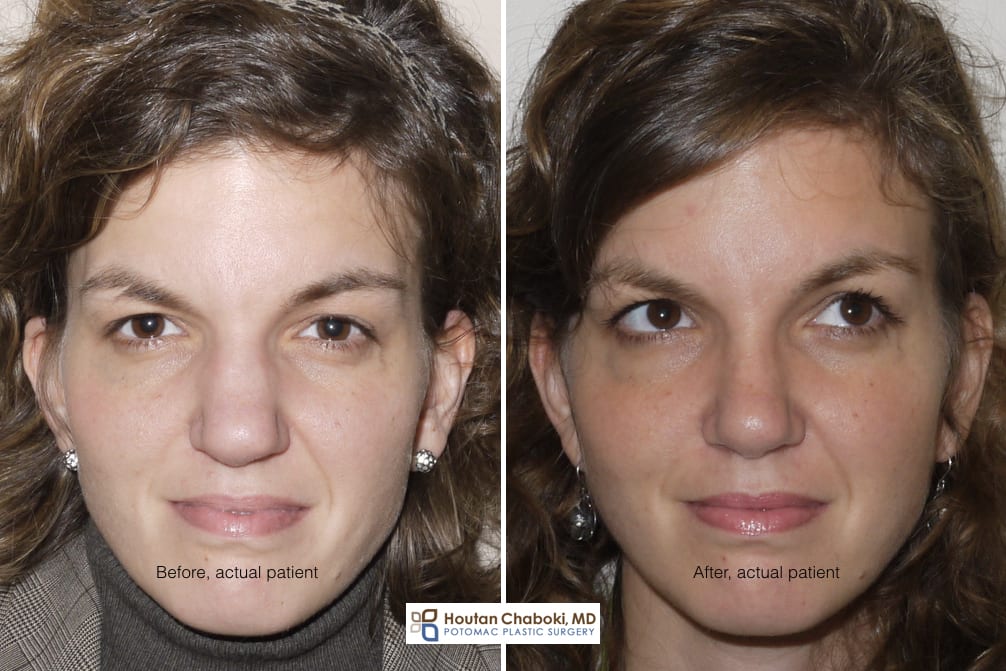Rhinoplasty is a truly specific operation tailored to the unique needs of each patient. Some may want to improve the front view or side view. Some want to improve the bridge, while others focus on the tip. Many prefer subtle changes, while some want a completely new nose.
One possible component of a rhinoplasty operation is reshaping of the nasal bones. The technical term plastic surgeons use is osteotomy. Nasal bone modification is not required in all rhinoplasty patients. Your rhinoplasty surgeon will help determine if osteotomy may be required for your particular nasal surgery.
Methods of Bone Reshaping
For those who may benefit from bone reshaping, osteotomy can performed through a variety of methods. Most plastic surgeons don’t utilize external incisions to modify the nasal bones directly. Small incisions are typically placed inside the nostrils or inside the mouth under the upper lip, which provide adequate access for plastic surgeons. If an external incision is required, it’s typically very small and heals without a noticeable scar.
Osteotomy can be performed in isolation or part of an entire rhinoplasty procedure. Plastic surgeons may perform bone reshaping with osteotomy at the beginning, middle, or end of the rhinoplasty as needed based on several variables, including surgeon preference. The timing of osteotomy is not as important, as compared to whether bone reshaping is required at all for a particular rhinoplasty.

Before and after rhinoplasty surgery. Bone reshaping was performed to reduce a bump and to improve the profile.
Reasons for Nasal Bone Reshaping
Osteotomy is performed to modify the upper third of the nose. The top reasons for osteotomy include:
- Wide bridge – patients with wide bridge and nasal bones may need the bones brought in closer together to create a narrow appearance. However, those with a flat nose or “no bridge” create narrowing during rhinoplasty without bone reshaping.
- Deviated nose – a twisted or crooked nose often requires osteotomy to reposition the nasal bones and make the nose more symmetric. Often rhinoplasty is combined with septoplasty for these patients with a deviated nose.
- Large bump – a large bump often necessitates osteotomy to make the nasal bones more harmonious after hump reduction.

Before and after rhinoplasty surgery. Bone reshaping was performed to help straighten a deviated nose.
Septoplasty, surgery on a deviated septum, typically does not require bone reshaping of the external nasal bones. Septoplasty alone does not normally change the appearance of the nose. Bone may be removed or modified from the internal nose during septoplasty, but osteotomy may not be performed. Septoplasty may be performed in isolation, but commonly performed with rhinoplasty, especially for patients with a deviated nose.
Have you considered rhinoplasty and think you may need bone reshaping? Speak with a rhinoplasty surgeon to perform an evaluation and to help determine appropriate options for you. Share your thoughts below.


Leave a Reply